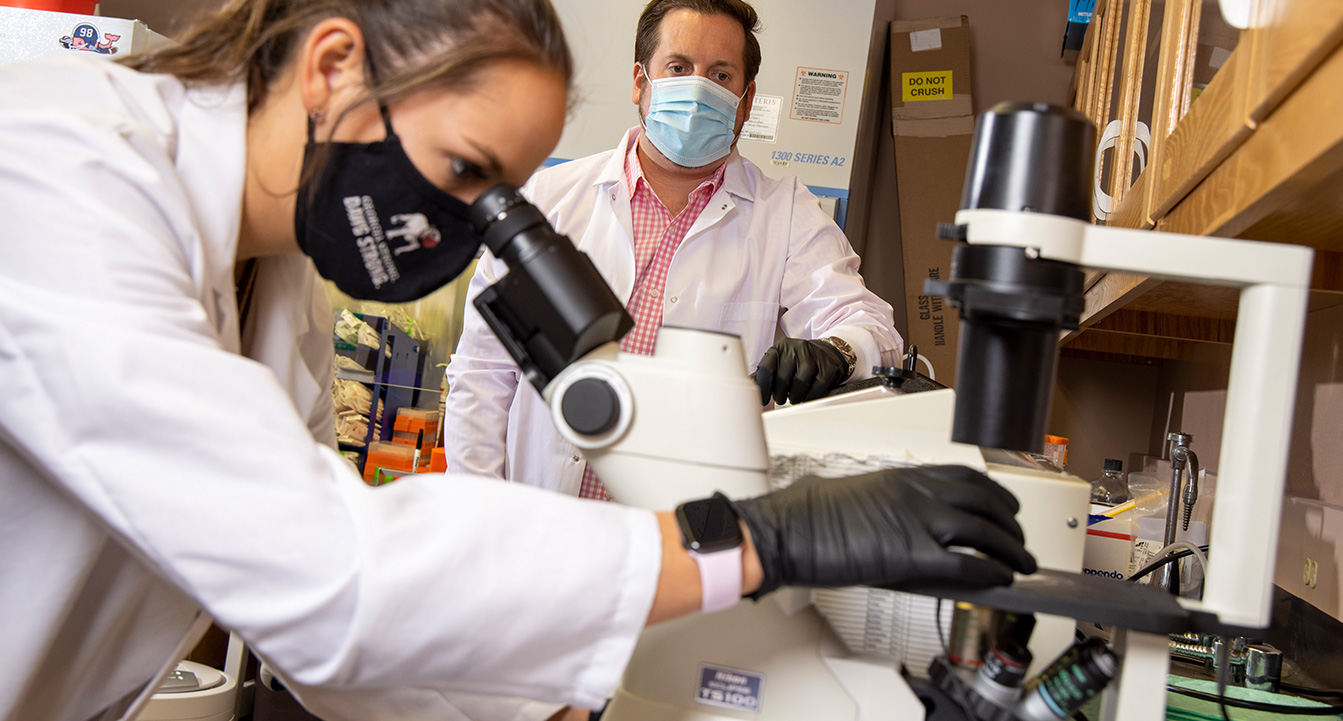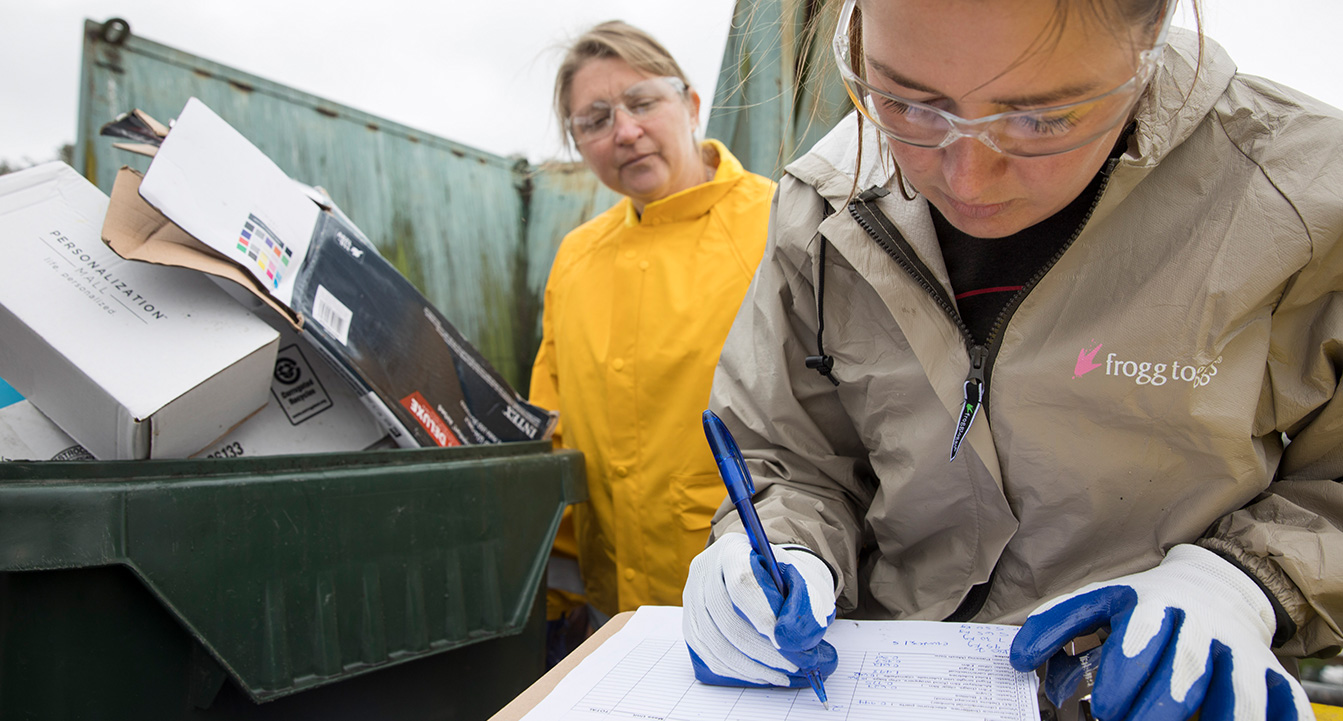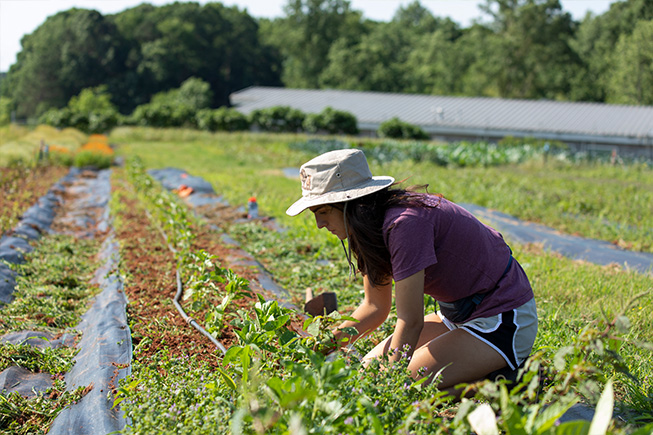When people think of communities in Georgia, they are likely thinking of traditional place-based communities such as cities, counties, towns, and neighborhoods. These are collections of individuals living and working in a defined geographical area. Communities defined by place are reflections of their members and cannot develop and grow without a sufficient number of residents to support them. Population loss can result in fewer social connections, no financial resources or infrastructure to sustain a local economy, no cultural identity, and no political assets that can be leveraged to secure community resources from outside sources. But simply having an adequate population is not enough to sustain a community. Residents also must contribute to the community in some way. Many do this by applying their knowledge, skills, and personal traits to a professional pursuit, which increases the productive capacity of the community.

People represent one of the most important local assets available to a community. While a collection of individuals is needed to start and maintain a community, growth and prosperity largely depend on the talents these individuals possess and the contributions they make to ensure that the community thrives. The education, training, and personal characteristics that give rise to these talents are called human capital.

What is Human Capital?
Human capital traditionally has been described as the education, knowledge, skills, and training belonging to people in the workforce. This definition focuses on the training and education that prepares individuals to perform certain types of work. A more recent and comprehensive understanding of human capital, however, considers a broader range of individual characteristics—including personality, attitude, creativity, health, and resilience—that can have a positive effect on economic productivity. While this description still acknowledges the importance of education and training in cultivating human capital, it stresses intrinsic traits rather than those that are obtained through personal investment of time and resources (for example, individuals are responsible for paying for many types of developmental training, including college). This can cause individuals to focus on themselves and any potential return on their educational investment. It also can create a highly competitive work environment in which workers are primarily concerned with their own successes rather than the prosperity of their coworkers, workplace, or community.
The potential dark side of human capital is less of a concern when more innate characteristics are taken into consideration, as they are inherently developed and nurtured rather than obtained to merely reap a personal benefit. Allowing for the role of individual characteristics such as creativity and attitude creates a more holistic view of human capital—one that emphasizes both a personal return on educational investments and individual contributions to a collective effort to increase local economic productivity that will benefit all members of a community.

Using the CD+SI ToolkitTM to Measure Community Perceptions of Human Capital
Because human capital is an essential part of any community or economic development effort, it is important for local leaders to seek and evaluate residents’ perceptions of varied human capital indicators. Assessing public views on human capital can provide a community with valuable information concerning its perceived educational, professional, and health-related strengths, as well as identify specific factors contributing to negative perceptions. Understanding these perceptions will benefit local leadership and others involved in establishing community development priorities and preferences by focusing development policies and programs on those areas in which there is a perceived need for improvement. For example, residents might identify a need for greater access to healthcare to expand human capital within a community.


This would indicate that community development plans should prioritize broadening access to local medical services by recruiting healthcare workers and investing in health-related infrastructure such as hospitals. Of course, perceptions do not always reflect reality. In those cases where residents mistakenly perceive insufficient human capital, local leaders have an opportunity to further engage with residents by explaining their community development priorities and processes. These engagement efforts could result in a back-and-forth exchange of community and economic development preferences, ensuring that local elected officials, community development professionals, and residents review any development proposals and the research on which the programs are based.
The Community Diagnostics + Social Impact (CD+SI) ToolkitTM provides a quantitative measure for communities to evaluate their members’ perceptions of human capital. It also provides residents with the means to make their views of local employment and educational opportunities (among other factors related to human capital) known to others, such as local elected officials, community development professionals, and other community leaders. In particular, the CD+SI ToolkitTM is designed to assess residents’ views of a community’s human capital by determining if they believe there is (1) meaningful employment to attract young people to the community, (2) access to strong K-12 and higher education opportunities, (3) access to a range of quality healthcare, (4) the opportunity for individuals to develop both professionally and personally, and (5) local leadership that reflects the diversity of the community. Individuals are given the opportunity to express their level of agreement with statements that reflect an awareness of these elements of human capital and an appreciation for which of these factors should be a priority for community and economic development professionals. The results of this assessment might reveal, for example, that community members are concerned about access to quality educational opportunities.
Fundamentally, communities are composed of individuals, and the collective capital associated with community members is closely related to community outcomes. Focusing on the human capital elements of community may provide valuable insights regarding community-level challenges and opportunities.
References
Becker, G. S. (1962). Investment in human capital: A theoretical analysis. Journal of Political Economy, 70(5, Part 2), 9–49. https://doi.org/10.1086/258724
Becker, G. S. (1993). Human capital: A theoretical and empirical analysis, with special reference to education (3rd ed.). University of Chicago Press.
Coleman, J. S. (1988). Social capital in the creation of human capital. American Journal of Sociology, 94, S95–S120. https://doi.org/10.1086/228943
Emery, M., Fey, S., & Flora, C. B. (2006). Using community capitals to develop assets for positive community change. CD Practice, 13, 1–19. https://doi.org/10.1080/15575330609490152
Emery, M., & Flora, C. B. (2006). Spiraling-up: Mapping community transformation with community capitals framework. Community Development, 37(1), 19–35. https://doi.org/10.1080/15575330609490152
Fey, S., Bregendahl, C., & Flora, C. B. (2006). The measurement of community capitals through research. Online Journal of Rural Research & Policy, 1(1), 329–346. https://doi.org/10.4148/ojrrp.v1i1.29
Fleming, P. (2017). The human capital hoax: Work, debt and insecurity in the era of Uberization. Organization Studies, 38(5), 691–709. https://doi.org/10.1177/0170840616686129
Flora, C. B. (2004). Social aspects of small water systems. Journal of Contemporary Water Research & Education, 128(1), 6–12. https://doi.org/10.1111/j.1936-704X.2004.mp128001002.x
Flora, C. B. (2011). Mobilizing community capitals to support biodiversity. In J. López-Pujol (Ed.), The importance of biological interactions in the study of biodiversity (pp. 355–364). InTech.
Flora, C. B., Flora, J. L., & Gasteyer, S. P. (2016). Rural communities: Legacy and change (5th ed.). Routledge.
Goldin, C. (2016). Human capital. In C. Diebolt & M. Haupert (Eds.), Handbook of cliometrics (pp. 55–86). Springer Verlag.
Lenihan, H., McGuirk, H., & Murphy, K. R. (2019). Driving innovation: Public policy and human capital. Research Policy, 48(9), 103791. https://doi.org/10/ghc33s
Lim, S. S., Updike, R. L., Kaldjian, A. S., Barber, R. M., Cowling, K., York, H., Friedman, J., Xu, R., Whisnant, J. L., Taylor, H. J., Leever, A. T., Roman, Y., Bryant, M. F., Dieleman, J., Gakidou, E., & Murray, C. J. L. (2018). Measuring human capital: A systematic analysis of 195 countries and territories, 1990–2016. The Lancet, 392(10154), 1217– 1234. https://doi.org/10.1016/S0140-6736(18)31941-X
Räsänen, A., Lein, H., Bird, D., & Setten, G. (2020). Conceptualizing community in disaster risk management. International Journal of Disaster Risk Reduction, 45, 101485. https://doi.org/10/ghvkb4
Salvia, R., & Quaranta, G. (2017). Place-based rural development and resilience: A lesson from a small community. Sustainability, 9(6), 889. https://doi.org/10/gbm32d
Waelti, J. J. (1990). Agricultural economists, human capital, and economic development: How colleges of agriculture can assist. Agriculture and Human Values, 7, 95–100. https://doi.org/10.1007/BF01557314
Status and Revision History
Published on Jan 14, 2022


























































